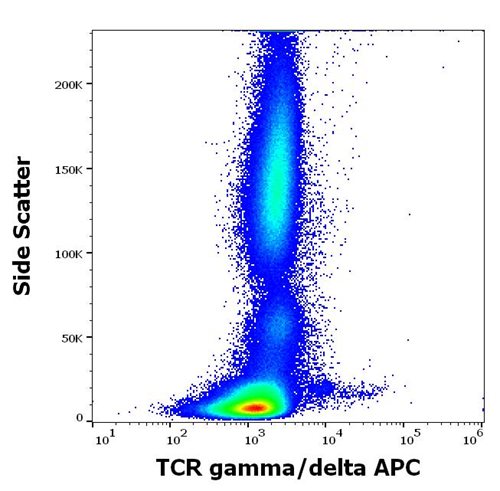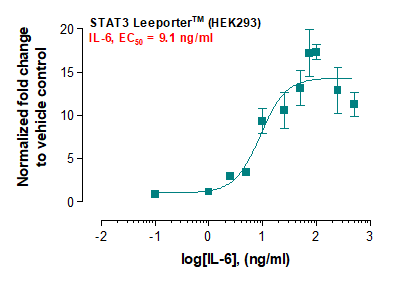ER-a Recombinant Protein (Discontinued)

Fig 1- SDS-PAGE analysis of recombinant ER-a protein. Lane R is in reducing conditions, NR is for non-reducing conditions.
Roll over image to zoom in
Shipping Info:
For estimated delivery dates, please contact us at [email protected]
| Amount : | 10 µg |
| Content : | Lyophilized from 0.2 um filter solution of 20 mM PB, 150 mM NaCl, pH 7.2. Centrifuge before opening the tube. It is not recommended to reconstitute to a concentration less than 100ug/ml. Dissolve the lyophilized protein in distilled water. |
| Storage condition : | Store vial at -20°C to -80°C. When stored at the recommended temperature, this protein is stable for 12 months.Please prevent freeze-thaw cycles. |
| AA sequence : | MGSSHHHHHHSSGLVPRGSHMTMTLHTKASGMALLHQIQGNELEPLNRPQLKIPLERPLGEVYLDSSKPAVYNYPEGAAYEFNAAAAANAQVYGQTGLPYGPGSEAAAFGSNGLGGFPPLNSVSPSPLMLLHPPPQ |
| Alternative Name : | Estrogen receptor, ER, Estradiol receptor, ER-alpha, Nuclear receptor subfamily 3 group A member 1, ESR1, ESR, NR3A1, Era, ESRA, DKFZp686N23123, ER-a, Estrogen Receptor alpha. |
Source : Escherichia Coli. ER-alpha Human Recombinant (a.a. 1-300) expressed in E.coli, shows a 33 kDa SDS-PAGE in non-reducing form.The ER-alpha is purified by proprietary chromatographic techniques. Estrogen receptor is a ligand-activated transcription factor composed of several domains essential for hormone binding, DNA binding, and activation of transcription. Estrogen and its receptors are crucial for sexual development and reproductive function, but also play a role in other tissues such as bone. The Estrogen Receptor is a significant regulator of growth and differentiation in the mammary gland. Estrogen receptors are also implicated in pathological processes including breast cancer, endometrial cancer, and osteoporosis. The presence of estrogen receptors in breast tumors indicates an increased probability of response to anti-estrogen therapy (e.g. tamoxifen).The Estrogen Receptor gene is divided into 8 exons having a genomic length of more than 140kbp.The Estrogen Receptor has 6 functionally separate domains, named A - F. Alternative splicing results in a number of transcript variations, which differ in their 5' UTRs and use different promoters. The protein is restricted to the nucleus where it may form a homodimer or a heterodimer with estrogen receptor 2.
|
There are currently no product reviews
|
















.png)










